These expertly crafted Peru, Galapagos/Ecuador, Argentina, Chile and Brazil packages are just the starting points in planning your dream vacation.
All our boutique packages are fully customizable.
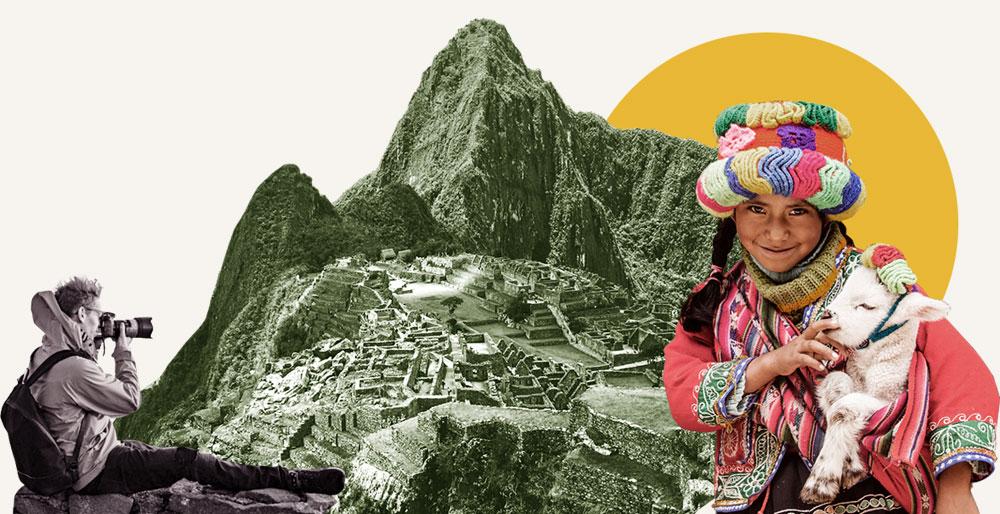
Book With Confidence
Postpone your trip at no cost up to 20 days prior with zero fees with open dates. Learn more.
Peru is a haven for thrill-seekers with epic landscapes that have graced the covers of National Geographic. With endless options for adventure tours, Peru is an incredible destination for adrenaline seekers. Your Inca Expert travel advisor will help you: hike the Inca Trail to Machu Picchu, go horseback riding, rock climbing, whitewater rafting, or on ATV tours in the Sacred Valley. You can include bike tours through the capital city of Lima, hikes into the Colca Canyon, and adventure tours in the Amazon. Get ready for a wild once-in-a-lifetime adventure!
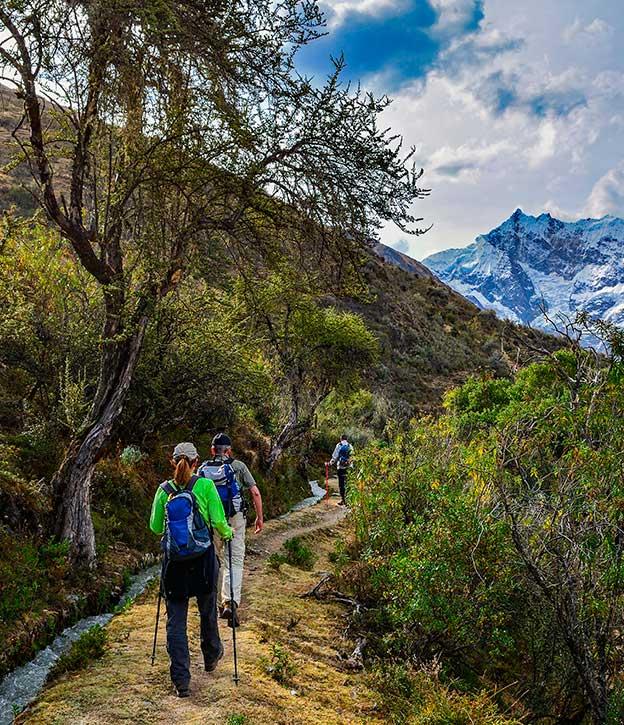
Our Inca Expert travel advisors will help you plan a trip that is perfectly tailored to your interests and preferences.
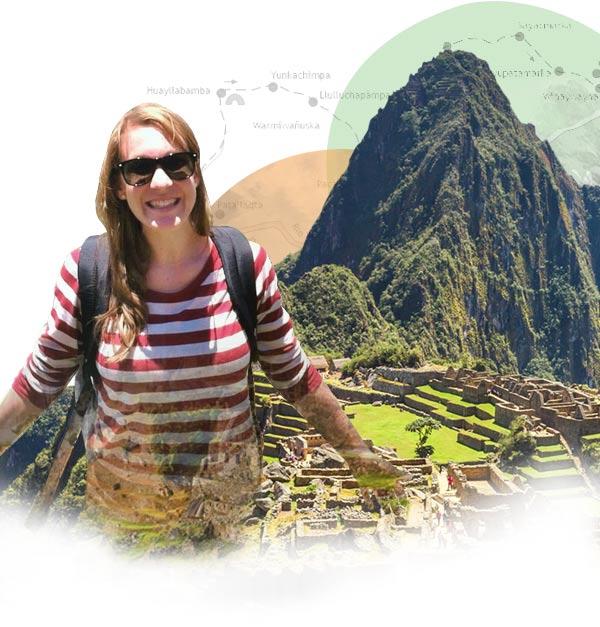 Contact us to start planning
Contact us to start planning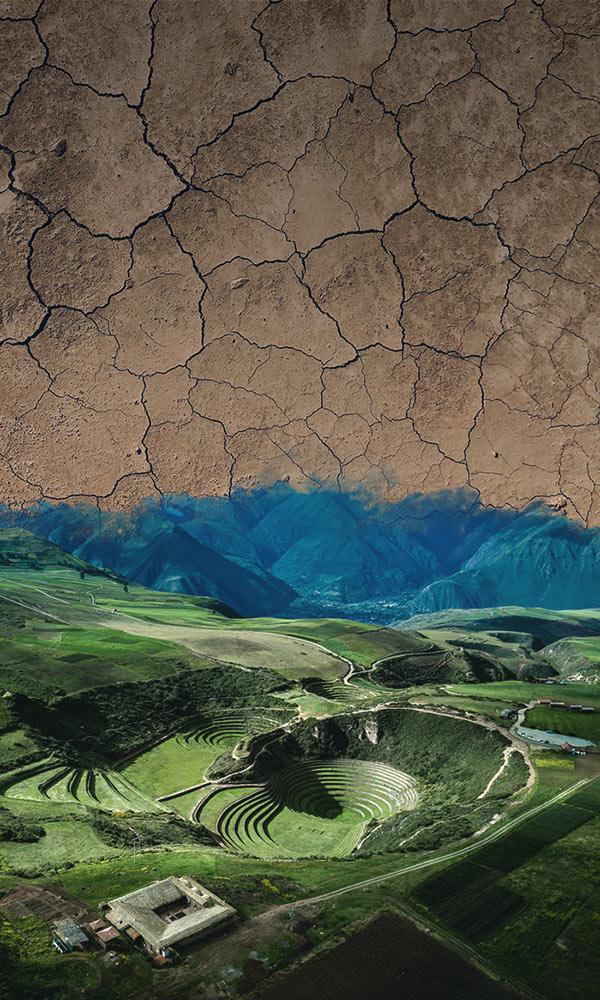
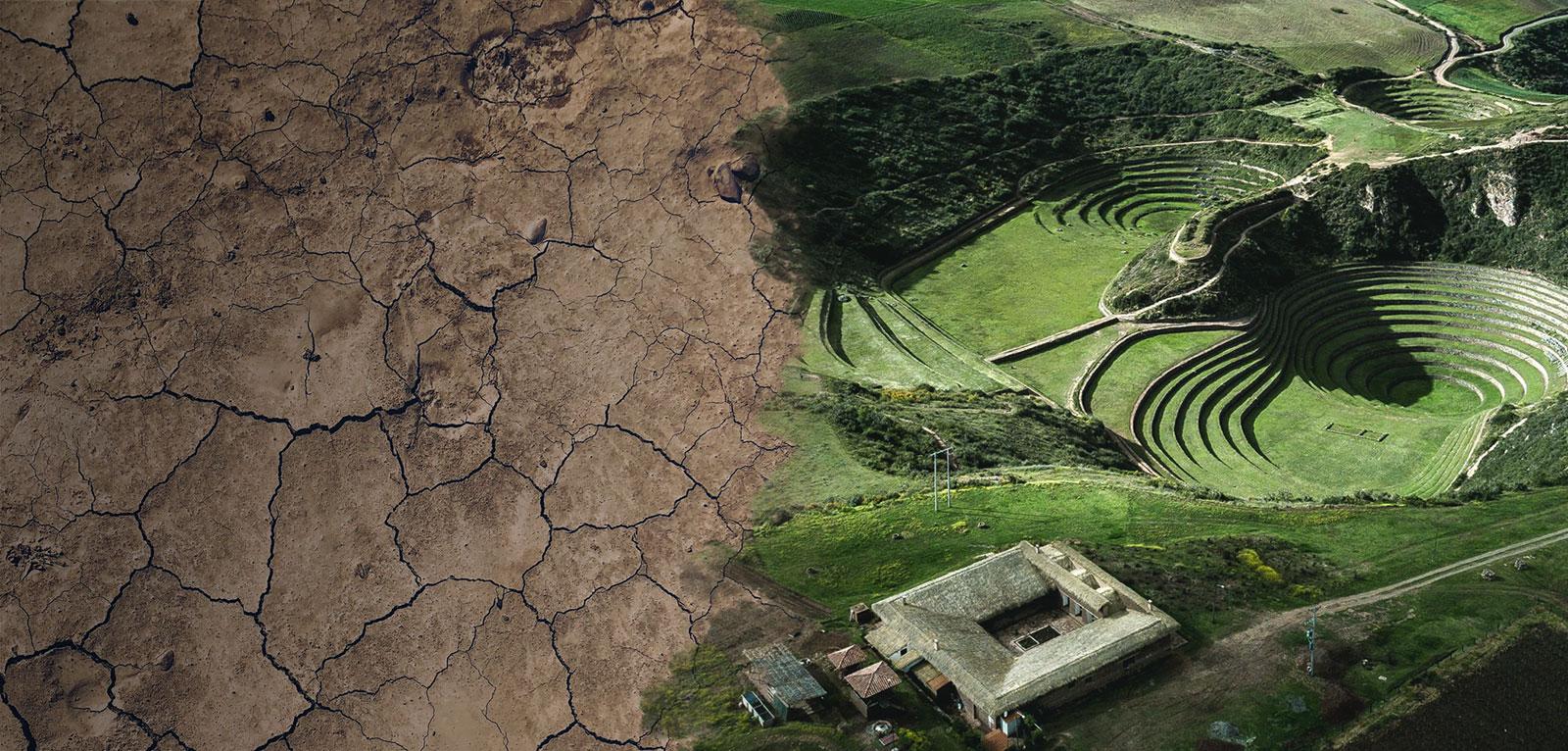
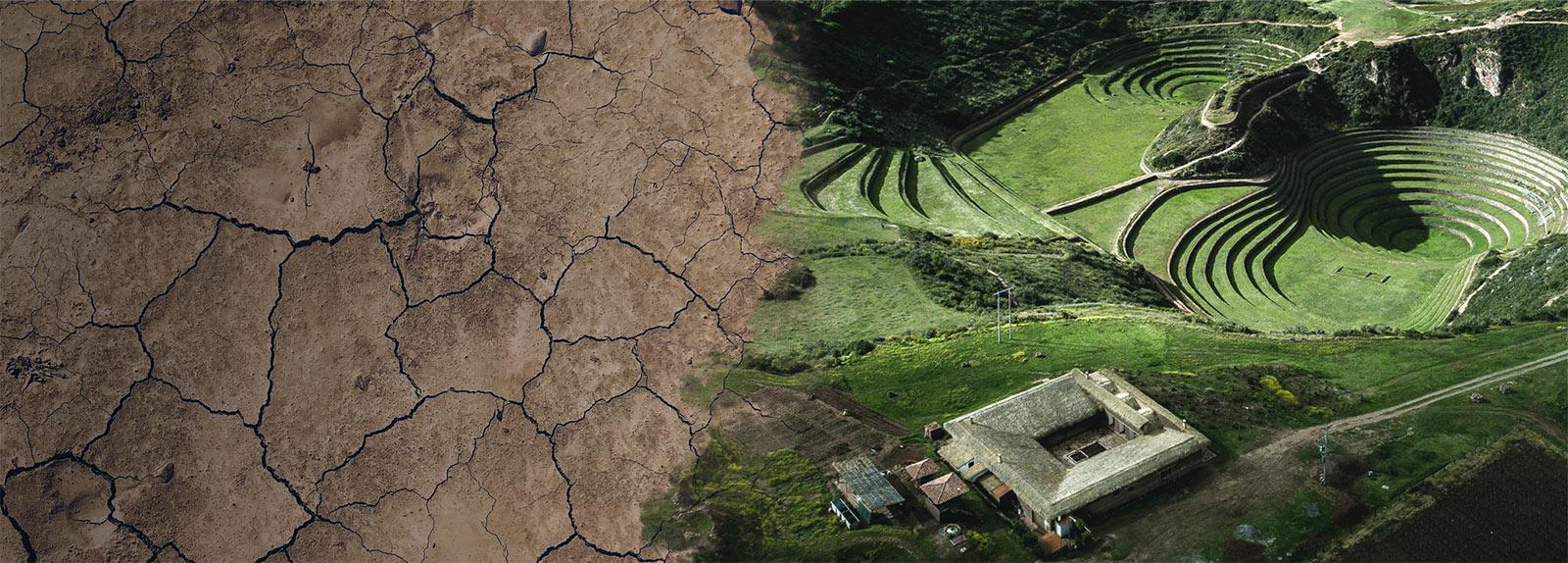
Discover the world-renowned restaurant of Virgilio Martinez, the winner of the top chef award.
Enjoy the epitome of destination dining at MIL restaurant in the Sacred Valley.
Experience the soul and flavor of Peruvian cuisine and traverse high-altitude landscapes by only lifting your fork: an expertly crafted, 8-course gastronomic tour through Peru.